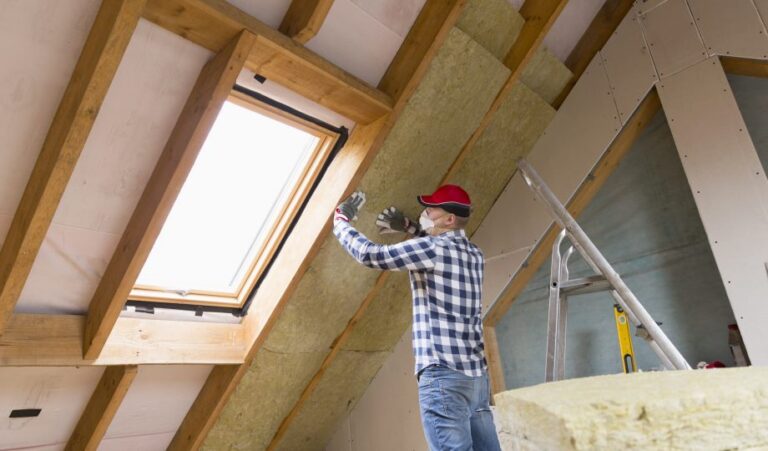Global Exchanges: A Tale of Two Retrofit Policies

On May 30, experts from both regions will discuss the different approaches as part of the Global Exchanges webinar series hosted by UKGBC and Urban Green Council.
UK
The UK’s existing building stock is, on the whole, old, leaky and inefficient – resulting in high energy bills for occupiers, and in the worst cases, cold and unhealthy living conditions for some of the most vulnerable members of our population.
In order to address this, the UK Government has set an ambitious target to: improve ‘as many homes as practical’ to the Energy Performance Certificate (EPC) Band C by 2035; and enable businesses and industry to improve their energy efficiency by at least 20% by 2030. However, the Government is not currently on track to meet these goals. Indeed, things are currently going in the wrong direction – home insulation rates are now 95% lower than in 2012 due to various policy failures and the stop/start nature of schemes. And after years of flatlining, commercial sector CO2 emissions are on the rise again.
The good news is that the UK now has some world-leading legislation in place to tackle retrofit – at least in the private rented sector, known as ‘MEES’ (Minimum Energy Efficiency Standards). All privately let (leased) properties need to meet a minimum of ‘Band E’ on the EPC scale before they can be let, and this is projected to rise to Band C by 2030.
MEES has arguably been the single most transformative energy efficiency policy in the commercial building sector, and most non-residential landlords are enthusiastic. They accepted from the early days that a trajectory for tightening MEES was both inevitable and desirable, and that the certainty provided by a long-term EPC target would underpin energy improvement plans and investment decisions.
However, MEES implementation in the residential sector and among small businesses has been more challenging. Firstly a lack of awareness of the legislation still prevails. Second, local councils, who are charged with monitoring and enforcing compliance are seriously under-resourced – unscrupulous landlords know this, which acts as an incentive not to comply. Third, landlords are only obliged to improve their properties up to a £3,500 cost cap, which will leave 52% of F & G-rated properties still languishing below Band E. By definition these will be properties that fall well below the E standard and will be the coldest, dampest and most unhealthy.
New York
In May 2019, the City of New York passed ambitious climate legislation for buildings, placing them on a path to meet the city’s goal to reduce overall carbon emissions 80 percent by 2050.
Like the UK, NYC buildings are also old, leaky and inefficient, and result in high energy bills for tenants. But unlike the UK, NYC’s latest legislation focuses exclusively on 50,000 of the city’s largest buildings, which account for nearly 60 percent of the city’s building area. Carbon emissions limits take effect in 2024 and are designed to produce a net 26 percent carbon cut by 2030. Buildings over the limits will be penalised with tough fines.
To comply with the law, building owners have multiple options: reduce energy consumption through retrofits and operations and maintenance improvements, purchase renewable energy credits (with limitations), and eventually, use carbon trading to offset emissions. (Read more about the new law here)
Many details of the new policy are still to be determined. However, it is arguably the largest disruption of the NYC real estate industry, and billions of dollars will be spent to meet the mandate.
Although policy mechanisms in the UK and NYC vary greatly in the metrics they use, the buildings they target, the amount of flexibility they allow, and their legal framework, the challenges they face are similar.
Join us on May 30 to learn about these approaches and how we can learn from each other going forward.
Related
Storms, climate change and how we make our cities resilient

Sustainable Construction for the Sustainable Development Goals

Fixing the Competency Gap: Moving Beyond Qualifications in Domestic Retrofit

UKGBC Members visit Coal House in Cardiff

